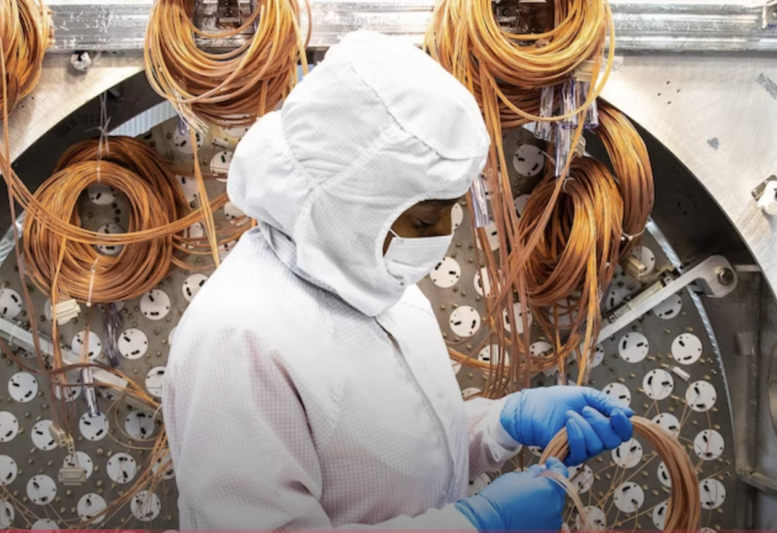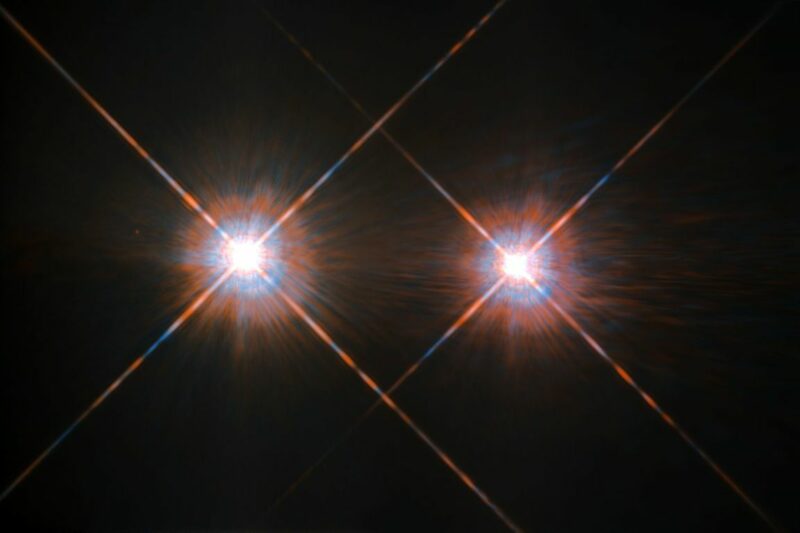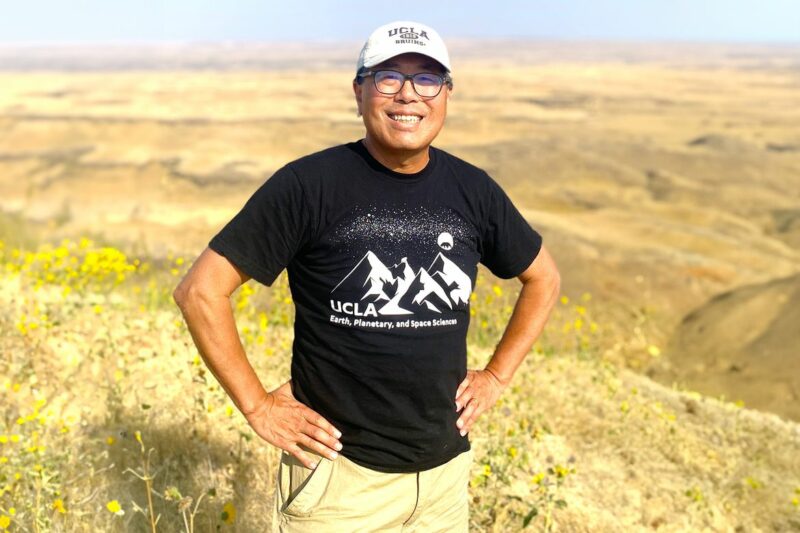
In memoriam: An Yin, 64, influential geologist shaped understanding of tectonics on our planet and others
Yin was widely recognized for his profound contributions to the understanding of our planet and others in our solar system.

Yin was widely recognized for his profound contributions to the understanding of our planet and others in our solar system.


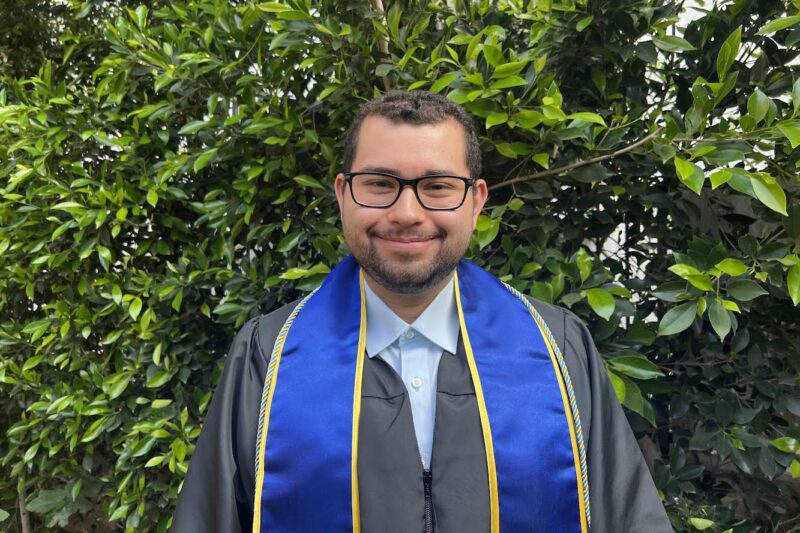
READ THIS STORY IN ENGLISH HERE TRAPPIST-1 es un sistema planetario con al menos siete planetas que orbitan alrededor de una estrella enana a 40 años luz de la Tierra. Este sistema planetario ha sido y sigue siendo estudiado profundamente por científicos de todas partes del mundo, incluyéndome a mí. Soy un estudiante universitario de...
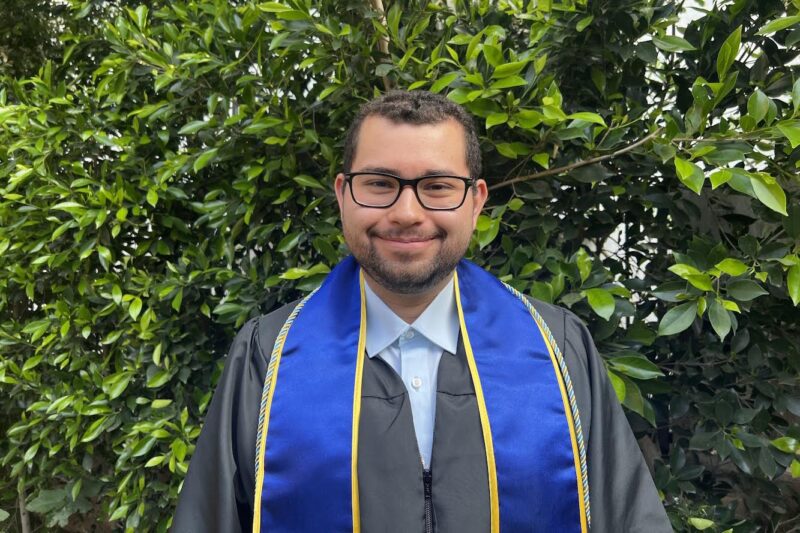
THIS ARTICLE IS ALSO AVAILABLE IN SPANISH TRAPPIST-1 is a planetary system that includes at least seven planets orbiting a dwarf star 40 light-years from Earth. This system has been studied by scientists all over the world – including me, an undergraduate first-generation college student from Bell Gardens, Los Angeles who this week graduates with...
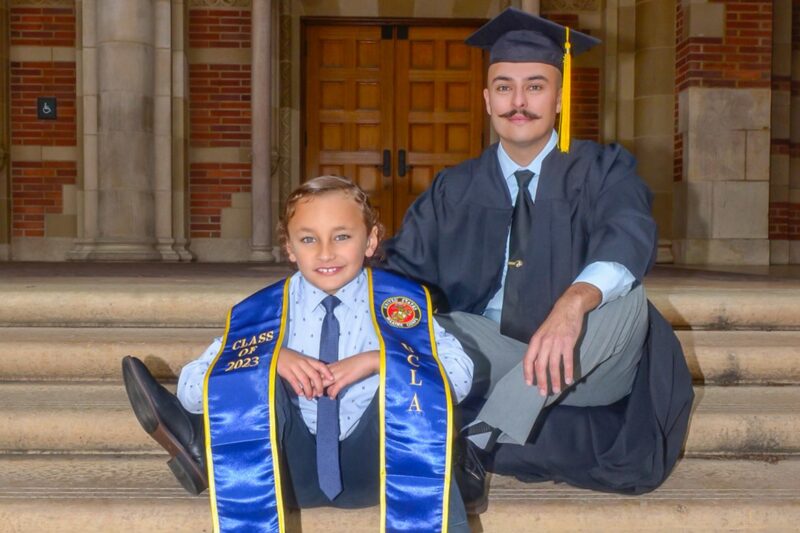
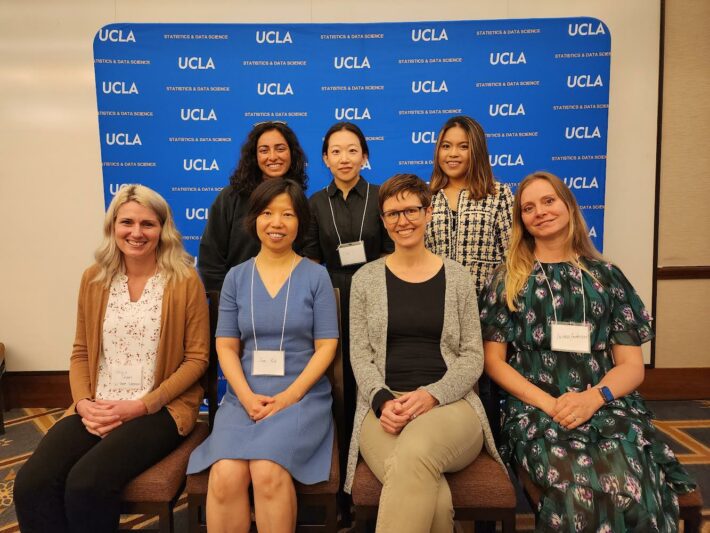
Last month on May 23rd, the UCLA Society of Women in Statistics (SWS) and Department of Statistics and Data Science organized and hosted the inaugural “Distinguished Women in Statistics and Data Science Workshop” at the UCLA Luskin Center. The half-day event aimed to help foster an inclusive environment for anyone interested in statistics and data...
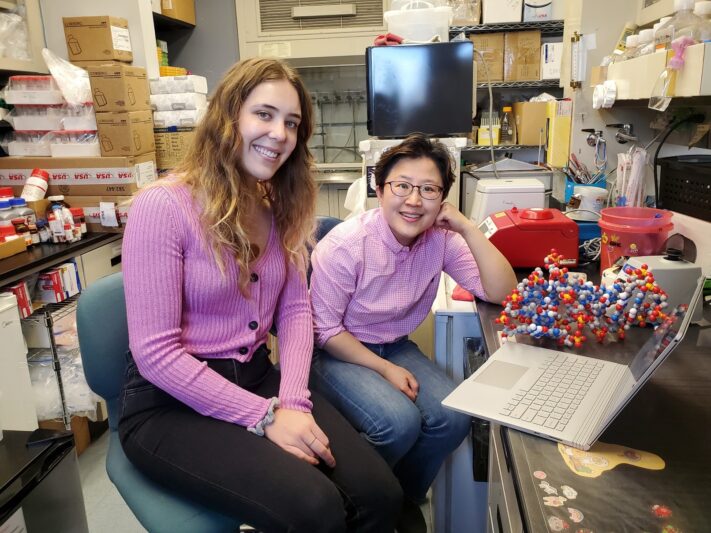
Despite the three flights it took to get to this remote university near the arctic circle and the already minimal sunlight, the trip proved to be more worthwhile than anticipated. In fact, it became the catalyst for a seven-year research collaboration that is still going strong, with an impactful new paper recently published in Science. What...
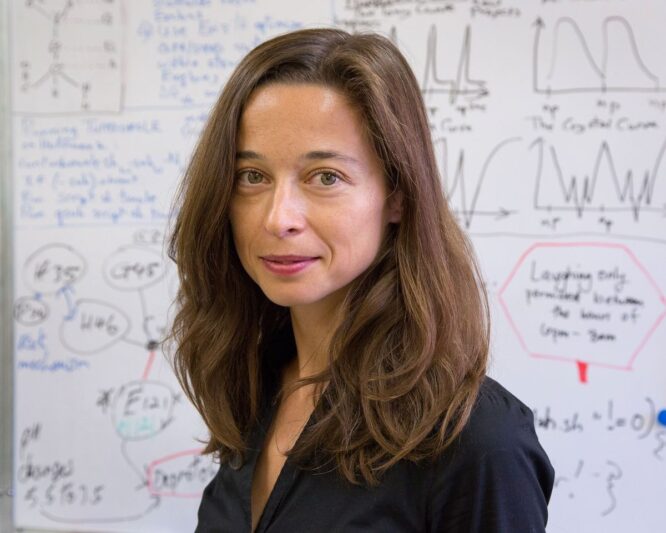
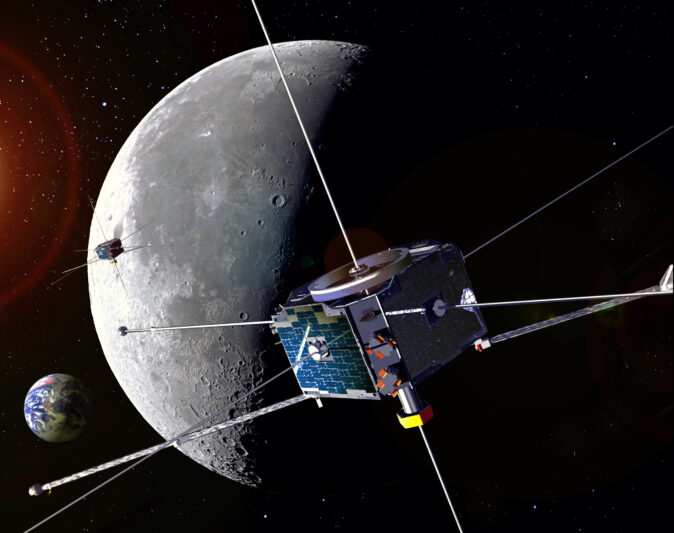
As space exploration, science, and technology advances at an ever-faster rate, an entirely new economy, the space economy, has sprung up. In fact, by 2040 the space economy is projected to be the next trillion dollar industry. With that realization in mind, the UCLA Anderson Forecast, UCLA SPACE Institute, and the UCLA Division of Physical...
